Home>Articles>How To Fix An Ice Maker On A Frigidaire Refrigerator
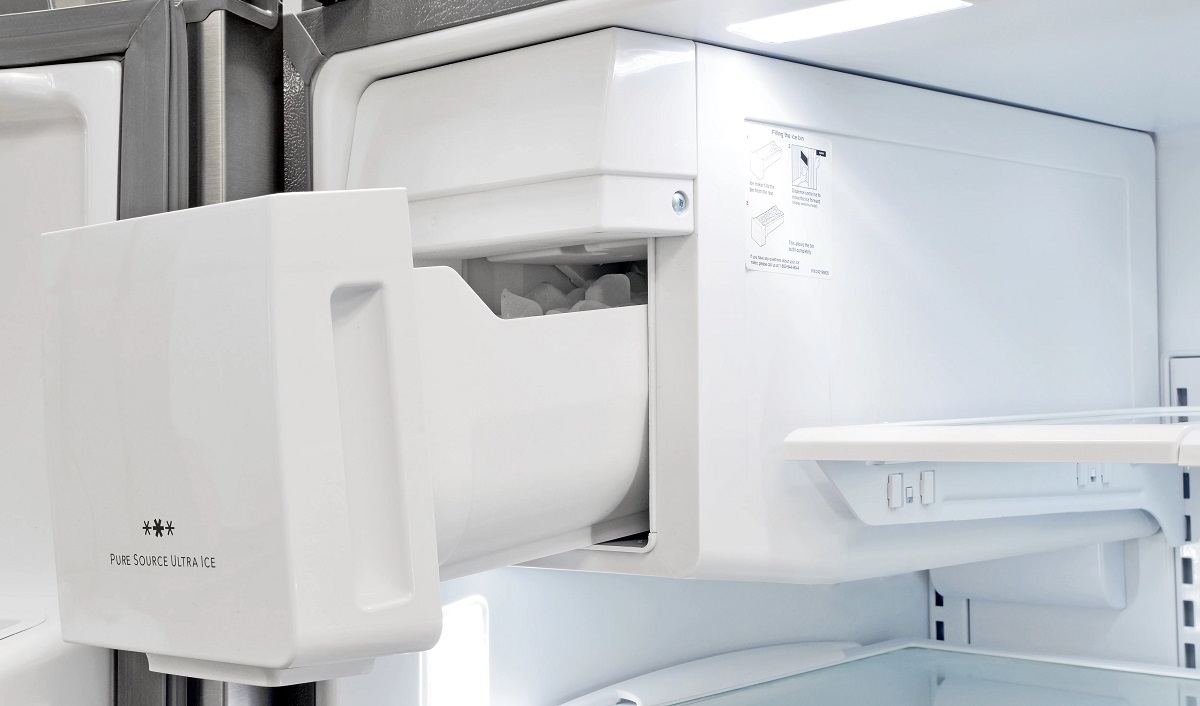

Articles
How To Fix An Ice Maker On A Frigidaire Refrigerator
Modified: March 1, 2024
Learn how to fix an ice maker on a Frigidaire refrigerator with our comprehensive articles. Get step-by-step instructions and troubleshooting tips to resolve the issue.
(Many of the links in this article redirect to a specific reviewed product. Your purchase of these products through affiliate links helps to generate commission for Storables.com, at no extra cost. Learn more)
Introduction
Welcome to this comprehensive guide on how to fix an ice maker on a Frigidaire refrigerator. An ice maker is a convenient appliance that provides a constant supply of ice cubes for your beverages, making it an essential part of your kitchen. However, like any other appliance, ice makers can experience issues that may cause them to malfunction or stop working altogether.
Fortunately, many common ice maker problems can be addressed and resolved without the need for professional assistance. In this article, we will walk you through a step-by-step troubleshooting process to help you identify and fix the issue with your Frigidaire refrigerator’s ice maker.
Before we dive into the troubleshooting steps, it’s essential to have a basic understanding of how an ice maker works. The process starts with the ice maker receiving a signal from the refrigerator’s thermostat, indicating that it’s time to make more ice. The ice maker then fills with water from the water supply line, freezes the water into ice cubes, and eventually releases the cubes into the ice bin.
Now that we have a brief overview let’s get started with the troubleshooting process. It’s important to note that if your Frigidaire refrigerator is still under warranty, it’s recommended to contact the manufacturer or authorized service provider for assistance, as attempting to fix the ice maker yourself may void the warranty.
Key Takeaways:
- Keep your Frigidaire refrigerator’s ice maker running smoothly by checking the power supply, inspecting the water supply line, examining the water inlet valve, and assessing the ice maker assembly. Regular cleaning and adjusting the fill level can also optimize performance.
- If troubleshooting fails, consider replacing the ice maker as a last resort. Always prioritize safety and consult the user manual or professional technicians for guidance. With proper maintenance, your ice maker will continue to provide a steady supply of ice cubes for your beverages.
Troubleshooting
When your Frigidaire refrigerator’s ice maker is not working, the first step is to troubleshoot and identify the potential issue. Follow these steps to narrow down the problem:
- Checking the power supply
- Inspecting the water supply line
- Examining the water inlet valve
- Assessing the ice maker assembly
By systematically going through these troubleshooting steps, you can pinpoint the root cause of the ice maker problem and take appropriate action to fix it. Let’s delve into each step in detail below:
1. Checking the power supply
Start by ensuring that your Frigidaire refrigerator is properly connected to a power source. Check if the power cord is securely plugged into an outlet and if the circuit breaker hasn’t tripped. If the power supply is interrupted, your ice maker won’t be able to function. Also, make sure the refrigerator is receiving the appropriate voltage.
2. Inspecting the water supply line
Next, examine the water supply line that connects to your refrigerator. A blocked or frozen water supply line can prevent water from reaching the ice maker. Check for any kinks or bends in the line, as well as signs of clogs or obstructions. If you find any issues, straighten the line, remove any blockages, and ensure a steady flow of water.
3. Examining the water inlet valve
The water inlet valve controls the flow of water into the ice maker. If the valve is malfunctioning or clogged, it can prevent water from entering the ice maker. To check the valve, locate it at the rear of the refrigerator and inspect it for any visible signs of damage or blockage. If necessary, clean or replace the valve to restore proper water flow.
4. Assessing the ice maker assembly
Finally, examine the ice maker assembly itself for any visible issues. Look for ice build-up, broken components, or misaligned parts. A faulty assembly can prevent the ice maker from cycling properly, resulting in no ice production. If you notice any problems, try to manually initiate the ice maker cycle to see if it responds.
By going through these troubleshooting steps, you should be able to identify the cause of the ice maker malfunction on your Frigidaire refrigerator. In the next sections of this guide, we will provide detailed instructions on how to fix common ice maker issues and return your ice maker to its normal working condition.
Checking the Power Supply
When troubleshooting an ice maker problem on your Frigidaire refrigerator, one of the first steps is to check the power supply. Without a proper power connection, the ice maker won’t be able to function. Follow these steps to ensure your refrigerator has the necessary power supply:
- Verify the refrigerator is plugged in and turned on.
- Check if the power cord is securely connected to an electrical outlet. Ensure that the outlet is functioning correctly by plugging in a different device or appliance.
- If the outlet is controlled by a switch or a circuit breaker, check if it has been accidentally turned off or if the circuit has tripped. Reset the circuit breaker if necessary.
- Ensure that the refrigerator is receiving the appropriate voltage. Refer to the user manual or technical specifications of your Frigidaire refrigerator for the required voltage range.
If you’ve gone through these steps and determined that the power supply is not the issue, you can move on to the next troubleshooting steps. However, if you find any issues with the power supply, you may need to consult an electrician to address the problem or contact Frigidaire customer service for further assistance.
It’s worth noting that some Frigidaire models have a power-saving feature that temporarily shuts off the ice maker to conserve energy. Refer to the user manual of your specific model to determine if this feature is present and how to enable or disable it as needed.
By ensuring a stable and functioning power supply, you eliminate a potential obstacle to the proper functioning of your Frigidaire refrigerator’s ice maker. If the power supply is not the cause of the issue, continue with the rest of the troubleshooting steps to identify and resolve the problem.
Inspecting the Water Supply Line
A common cause of ice maker issues in a Frigidaire refrigerator can be a blocked or malfunctioning water supply line. If the water supply line is obstructed or frozen, it can prevent water from reaching the ice maker, resulting in no ice production. Follow these steps to inspect the water supply line:
- Locate the water supply line that connects to your refrigerator. It’s usually located at the back of the refrigerator.
- Ensure that the water supply line is properly connected to the refrigerator. Check if it is securely fastened and not loose or disconnected.
- Inspect the water supply line for any kinks, bends, or damage. These can obstruct the flow of water to the ice maker. Straighten out any kinks or bends in the line and ensure it has a clear path.
- Check for any visible signs of blockages or debris. Sediments or ice buildup can clog the water supply line, preventing water from reaching the ice maker. If you notice any obstructions, use a soft cloth or sponge to remove them.
- If the water supply line is frozen, thaw it by carefully applying warm air or place a towel soaked in warm water around the line. Be cautious not to use excessive heat or force that may damage the line or refrigerator.
Once you have inspected the water supply line and addressed any issues, test the flow of water to the ice maker. You can do this by manually initiating a cycle on your Frigidaire refrigerator’s ice maker and checking if water is being dispensed into the ice maker. Refer to the user manual for instructions on how to do this for your specific model.
If after inspecting the water supply line, you find that it is damaged, leaking, or beyond repair, you may need to replace it. Contact Frigidaire customer service or a professional technician for further assistance in purchasing and installing a new water supply line.
By thoroughly inspecting the water supply line, you can ensure that there are no obstructions or issues preventing water from reaching your Frigidaire refrigerator’s ice maker. If the water supply line is not the cause of the problem, move on to the next troubleshooting steps to identify and resolve the issue.
Examining the Water Inlet Valve
If your Frigidaire refrigerator’s ice maker is still not working despite checking the power supply and inspecting the water supply line, the next step is to examine the water inlet valve. The water inlet valve regulates the flow of water into the ice maker. A faulty or clogged valve can hinder the ice-making process. Follow these steps to inspect the water inlet valve:
- Locate the water inlet valve at the rear of the refrigerator. It is typically located near the bottom and connected to the water supply line.
- Look for any visible signs of damage, such as cracks or leaks, on the water inlet valve. These can indicate that the valve needs replacing.
- Check if the valve is properly connected to the water supply line and securely fastened. Ensure there are no loose connections or fittings.
- Examine the valve for any obstructions or clogs. Sediments, mineral deposits, or debris can accumulate in the valve and impede water flow. Use a soft brush or cloth to clean the valve and remove any build-up.
- If cleaning the valve does not resolve the issue, consider replacing the water inlet valve. Contact Frigidaire customer service or consult a professional technician for further assistance in obtaining a compatible valve and installing it correctly.
In some cases, the water inlet valve may require further testing to determine if it is functioning properly. Using a multimeter, you can check for continuity across the valve’s terminals to ensure electrical continuity. Refer to the user manual or seek professional guidance if you are unsure about performing this test.
Remember, safety is paramount when dealing with electrical components. Always disconnect the refrigerator from the power supply before inspecting or manipulating any internal parts.
By thoroughly examining the water inlet valve and addressing any issues, you can ensure proper water flow to your Frigidaire refrigerator’s ice maker. If the water inlet valve is not the cause of the problem, proceed to the next troubleshooting steps to continue diagnosing and resolving the issue.
Read more: How To Fix Ice Maker Ge Refrigerator
Assessing the Ice Maker Assembly
If your Frigidaire refrigerator’s ice maker is still not functioning after checking the power supply, inspecting the water supply line, and examining the water inlet valve, the next step is to assess the ice maker assembly itself. The ice maker assembly is responsible for freezing the water and producing the ice cubes. Follow these steps to assess the ice maker assembly:
- Locate the ice maker assembly in your Frigidaire refrigerator. It is usually located inside the freezer compartment, attached to the side or back wall.
- Visually inspect the ice maker for any visible issues, such as ice build-up, broken components, or misaligned parts. Ice accumulation can hinder the proper functioning of the ice maker by preventing the release of ice cubes into the bin.
- If you notice excessive ice build-up, remove any visible ice or frost using a soft cloth or sponge. Be careful not to use sharp objects or excessive force that could damage the ice maker.
- Check if any of the ice maker’s components, such as the motor or gears, are damaged or malfunctioning. These parts play a crucial role in the ice-making process. If you suspect any issues, consult the user manual or contact Frigidaire customer service for guidance on repairing or replacing the assembly.
- If the ice maker appears to be aligned incorrectly or not properly seated in its position, adjust it so that it sits correctly. Refer to the user manual for specific instructions on adjusting the ice maker for your Frigidaire refrigerator model.
After assessing the ice maker assembly, try manually initiating an ice-making cycle to see if the ice maker responds. Refer to the user manual for instructions on how to initiate the cycle for your specific model.
If you’ve completed the assessment and are unable to identify any visible issues with the ice maker assembly, it’s recommended to contact a professional technician or Frigidaire customer service for further assistance. They will have the expertise to diagnose and resolve any complex issues with the ice maker assembly.
By thoroughly assessing the ice maker assembly, you can identify and address any visible issues that may be causing the ice maker problem in your Frigidaire refrigerator. If the ice maker assembly is not the cause of the issue, continue with the remaining troubleshooting steps to further diagnose and resolve the problem.
Cleaning the Ice Maker
If your Frigidaire refrigerator’s ice maker is not working properly, one of the potential causes can be a buildup of debris, minerals, or mold within the ice maker. Cleaning the ice maker can help improve its performance and ensure the production of clean and fresh ice cubes. Follow these steps to clean the ice maker:
- Turn off the ice maker by locating the power switch or lever. Refer to the user manual for your specific model to find the location of the switch or lever.
- Remove the ice bin or tray from the freezer compartment. Empty out any existing ice cubes and set them aside in a separate container or bag.
- Prepare a cleaning solution by mixing equal parts warm water and mild dish soap in a bowl or container.
- Take a clean cloth or sponge and dip it into the cleaning solution. Gently scrub the exterior of the ice maker, including the surfaces, edges, and corners. Pay special attention to any areas that show signs of dirt or residue.
- For the interior of the ice maker, use a soft brush or toothbrush dipped in the cleaning solution to reach smaller crevices and remove any accumulated debris. Be careful not to use excessive force that could damage the delicate components of the ice maker.
- Rinse the cloth, sponge, or brush with clean water and go over the ice maker again to remove any soap residue.
- Dry the ice maker thoroughly with a clean towel or allow it to air dry before reassembling the ice bin or tray.
Once the ice maker is cleaned and dry, turn it back on by reversing the process you followed to turn it off. Allow the ice maker a few minutes to start up and begin producing ice cubes.
It is also beneficial to periodically clean and disinfect the water supply lines and components connected to the ice maker. This helps maintain the cleanliness of the water flowing into the ice maker and reduces the risk of mold or bacteria growth.
Performing regular cleaning of the ice maker can help prevent blockages and ensure optimal performance. If cleaning the ice maker does not resolve the issue, continue with the remaining troubleshooting steps to further diagnose and fix any underlying problems.
Check the water supply line for any kinks or blockages, and ensure the water filter is not clogged. Also, clean the ice maker and make sure the temperature is set correctly.
Adjusting the Ice Maker Fill Level
If your Frigidaire refrigerator’s ice maker is producing insufficient or oversized ice cubes, adjusting the fill level can help address the issue. The fill level determines the amount of water that fills the ice maker mold, affecting the size and quantity of the ice cubes. Follow these steps to adjust the ice maker fill level:
- Locate the fill level adjustment mechanism on the ice maker. The location and type of adjustment mechanism may vary depending on your Frigidaire refrigerator model.
- Refer to the user manual of your refrigerator to identify the specific adjustment method and tools required. Some ice makers have a rotating screw, while others have a sliding lever or electronic controls.
- Observe the current fill level setting. If the ice cubes are consistently small or incomplete, you may need to increase the fill level. If the ice cubes are large or overflowing, you may need to decrease the fill level.
- Following the instructions provided in the user manual, make the necessary adjustments to the fill level. This may involve tightening or loosening the screw, sliding the lever to a different position, or using the electronic controls to adjust the fill level setting.
- Once you have made the adjustments, allow the ice maker to produce a batch of ice cubes and evaluate their size and quantity. Adjust the fill level further if necessary until you achieve the desired results.
It’s important to note that adjusting the fill level of the ice maker may require multiple trial-and-error attempts to find the optimal setting. Take note of any changes you make and observe the impact on the ice cube production over a couple of ice-making cycles.
If you are unsure about adjusting the ice maker fill level or encounter any difficulties, consult the user manual or contact Frigidaire customer service for guidance specific to your refrigerator model.
By adjusting the ice maker fill level, you can customize the size and quantity of ice cubes produced by your Frigidaire refrigerator’s ice maker. If adjusting the fill level does not resolve the issue, proceed with the remaining troubleshooting steps to further diagnose and fix any underlying problems.
Replacing the Ice Maker
If your efforts to fix your Frigidaire refrigerator’s ice maker have been unsuccessful and the ice maker still fails to operate properly, it may be necessary to replace the ice maker. Here’s a step-by-step guide on how to replace the ice maker:
- Ensure that your refrigerator is disconnected from the power supply. This is crucial for safety during the replacement process.
- Locate the ice maker within the freezer compartment. It is typically attached to the wall or mounted on a bracket.
- Carefully remove any screws or brackets holding the ice maker in place. Make note of their positions for reassembly.
- Gently pull the existing ice maker away from the wall or bracket, taking care not to damage any wires or connections.
- Disconnect the electrical connectors and water supply line from the ice maker. Again, make note of their positions for later reconnection.
- Set aside the old ice maker and retrieve the replacement ice maker, ensuring it is compatible with your Frigidaire refrigerator model. Refer to the user manual or contact Frigidaire customer service if needed.
- Connect the electrical connectors and water supply line to the replacement ice maker, following the same configuration as the previous one.
- Align the replacement ice maker with the mounting bracket or wall and secure it in place using the screws or brackets removed earlier.
- Double-check all connections and ensure that they are secure.
- Reconnect your refrigerator to the power supply.
Once the replacement ice maker is installed and connected, allow the refrigerator some time to initiate and begin the ice-making process. It may take a few hours before the new ice maker starts producing ice cubes.
If you are unsure about replacing the ice maker or encounter any difficulties during the process, it is recommended to consult a professional technician or contact Frigidaire customer service for assistance.
By following these steps, you can replace your Frigidaire refrigerator’s ice maker if all troubleshooting efforts have failed to fix the issue. However, it is important to note that replacing the ice maker should be considered as a last resort after exhausting all other troubleshooting options.
Read more: How To Fix Ice Maker On Maytag Refrigerator
Conclusion
Dealing with a malfunctioning ice maker on your Frigidaire refrigerator can be frustrating, but with the right troubleshooting steps, you can often resolve the issue on your own. In this comprehensive guide, we’ve covered the essential steps to help you fix the ice maker and get it back to optimal performance.
Remember to start by checking the power supply and verifying that your refrigerator is receiving the necessary voltage. Then, inspect the water supply line for any kinks or blockages, followed by examining the water inlet valve for any damage or clogs. Assessing the ice maker assembly is also crucial, as ice build-up or misaligned components can hinder its functionality.
If none of the troubleshooting steps solve the problem, cleaning the ice maker may help improve its performance. Additionally, adjusting the fill level can address issues related to the size and quantity of ice cubes produced. However, if all else fails, replacing the ice maker may be necessary.
Throughout the troubleshooting process, always consult the user manual for your specific Frigidaire refrigerator model, as well as exercise caution and observe safety guidelines. If you are uncertain about any step or encounter difficulties, it is advised to seek assistance from a professional technician or contact Frigidaire customer service for further guidance.
We hope that this guide has provided you with the knowledge and confidence to tackle ice maker issues with your Frigidaire refrigerator. Remember, regular maintenance and cleaning are essential to keep your ice maker functioning optimally. By following these troubleshooting steps, you can enjoy a steady supply of ice cubes for all your cold beverages!
Frequently Asked Questions about How To Fix An Ice Maker On A Frigidaire Refrigerator
Was this page helpful?
At Storables.com, we guarantee accurate and reliable information. Our content, validated by Expert Board Contributors, is crafted following stringent Editorial Policies. We're committed to providing you with well-researched, expert-backed insights for all your informational needs.
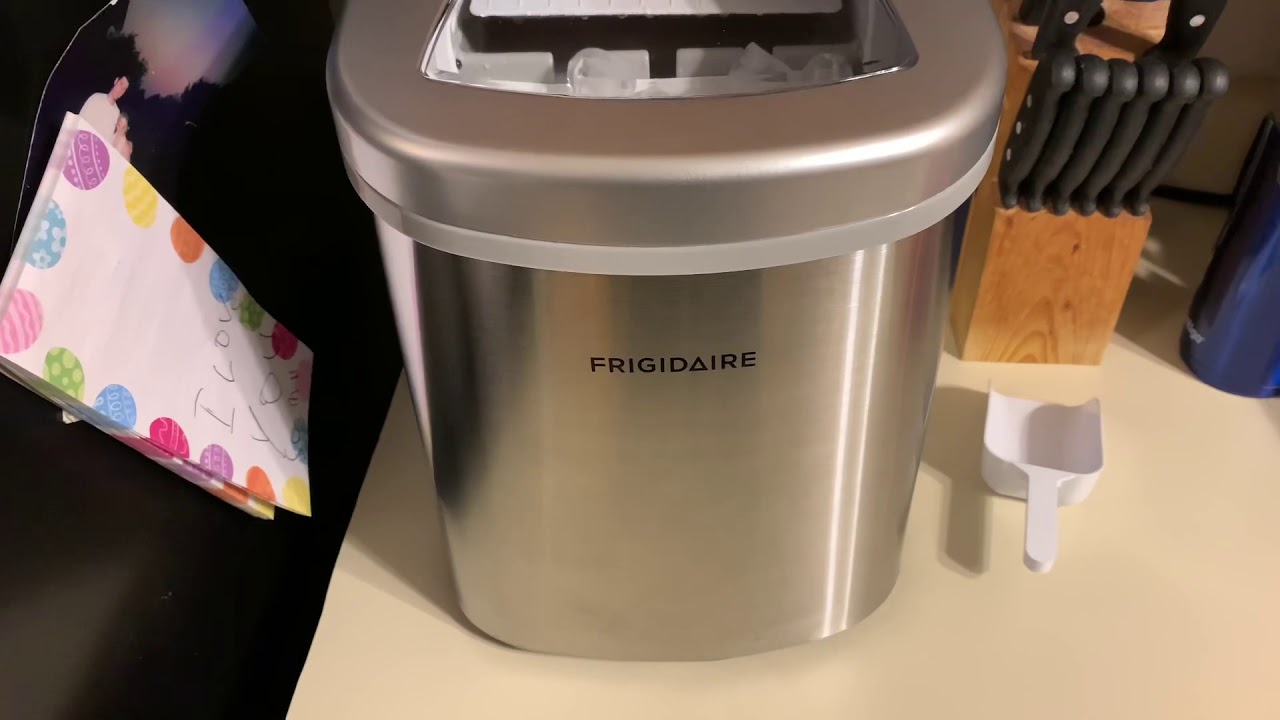
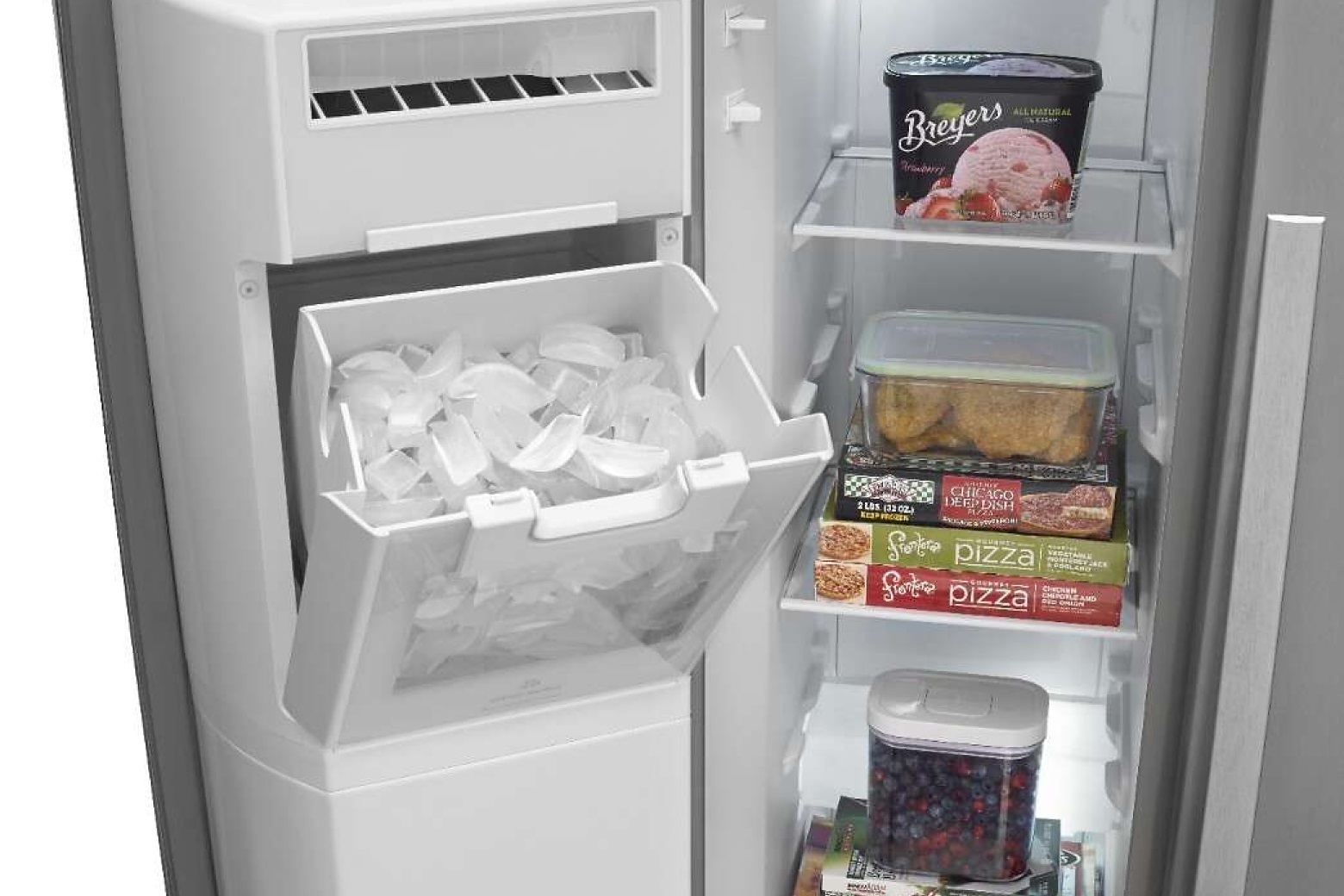
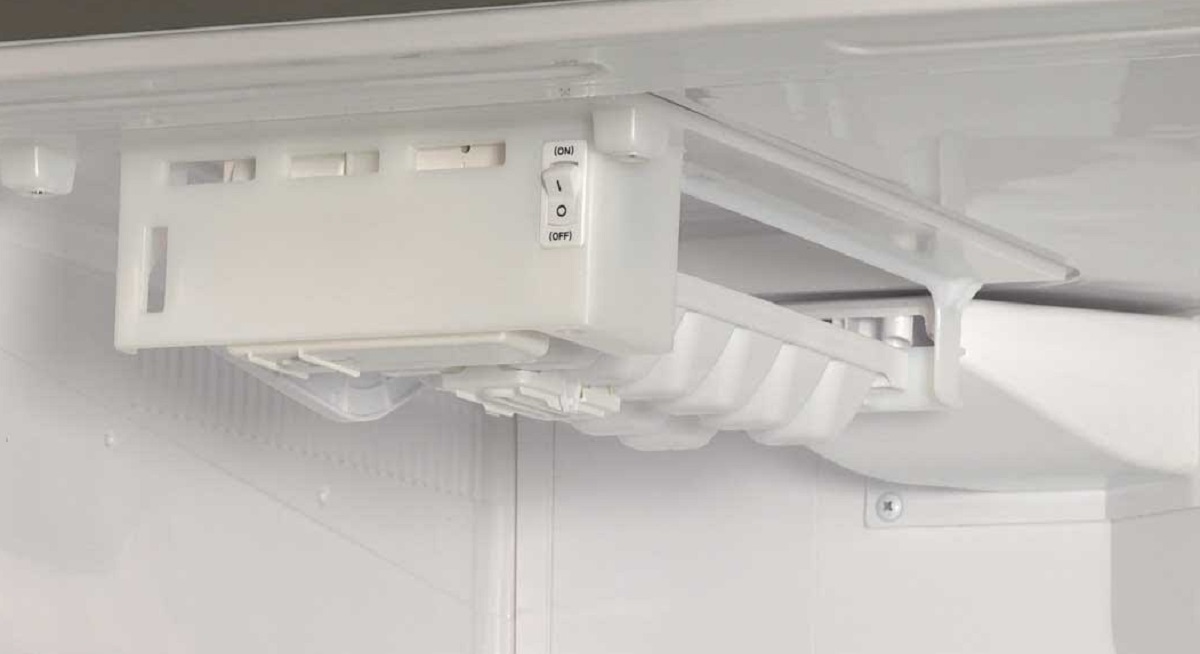
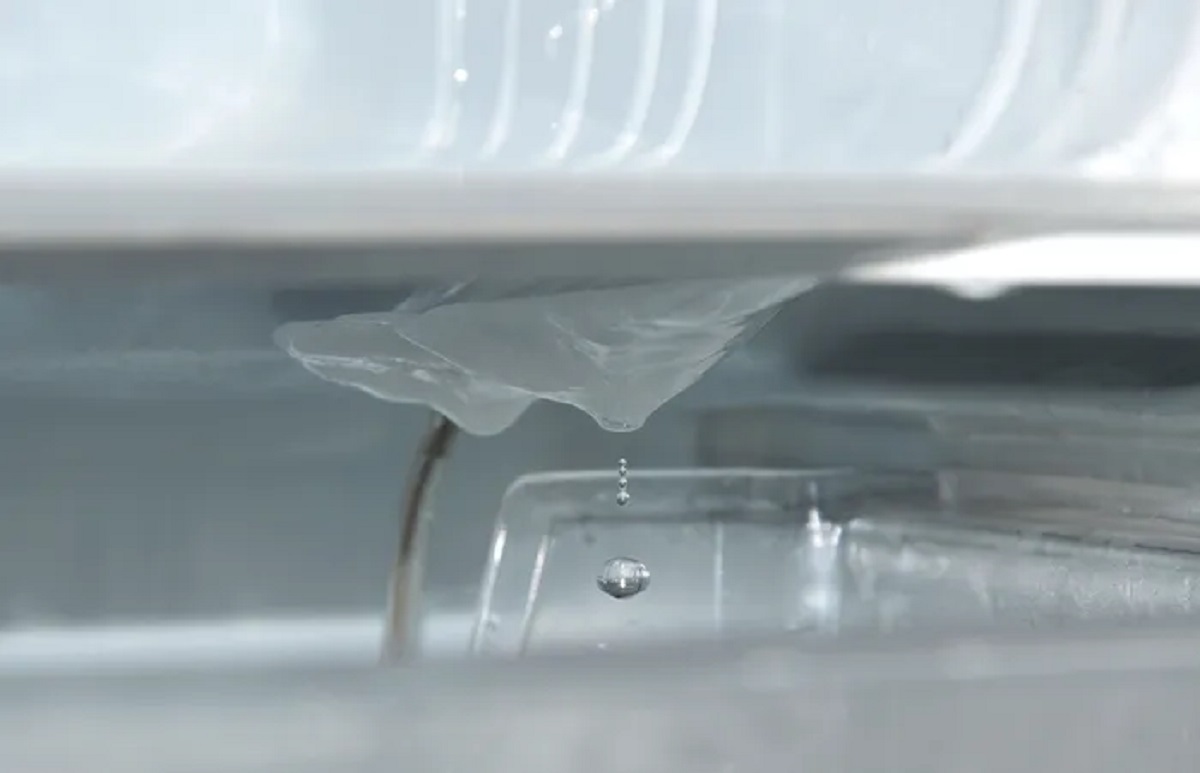
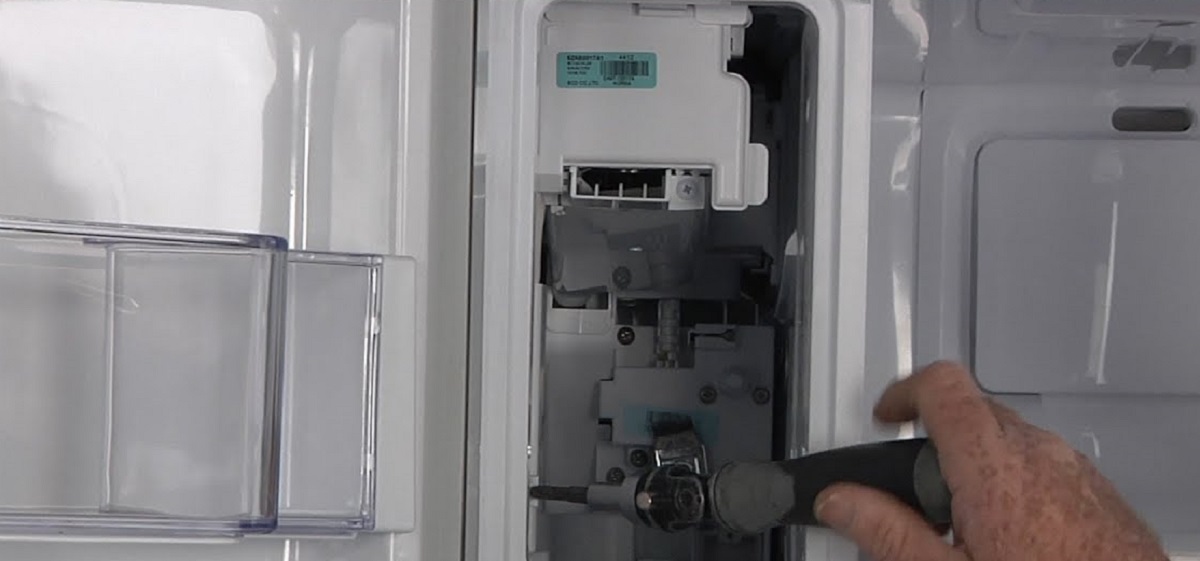
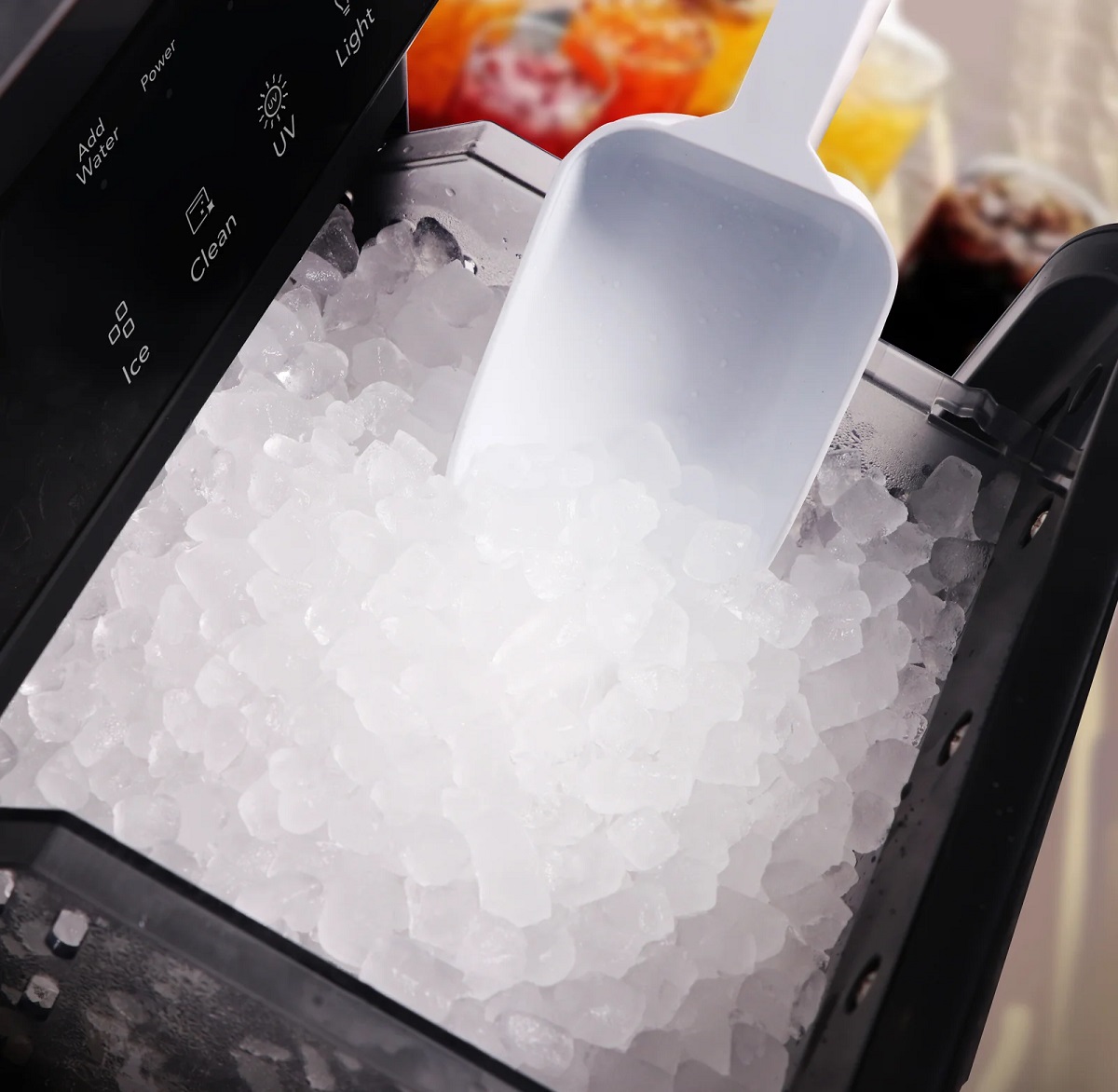
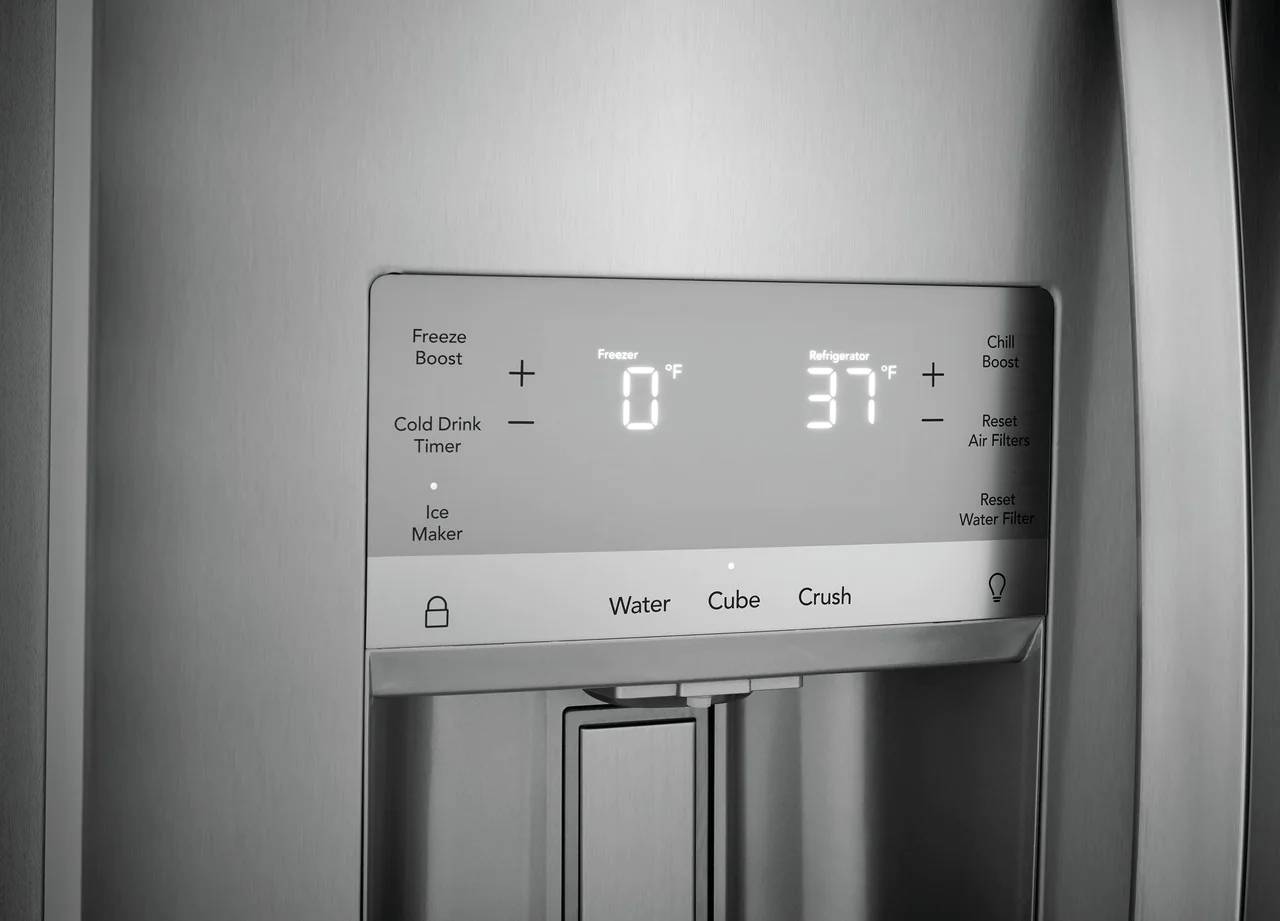
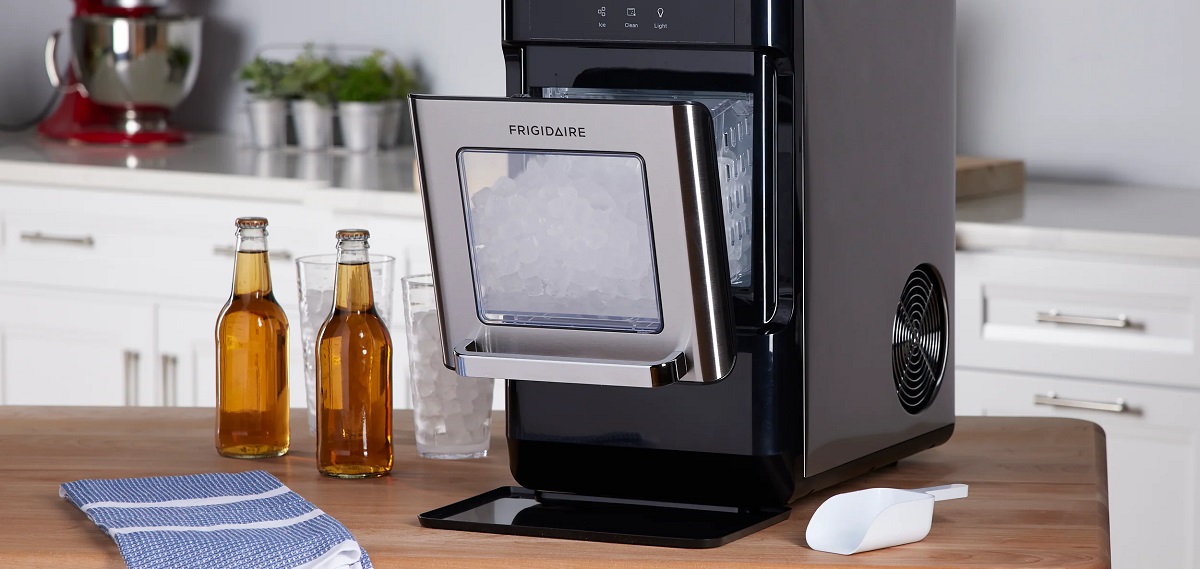
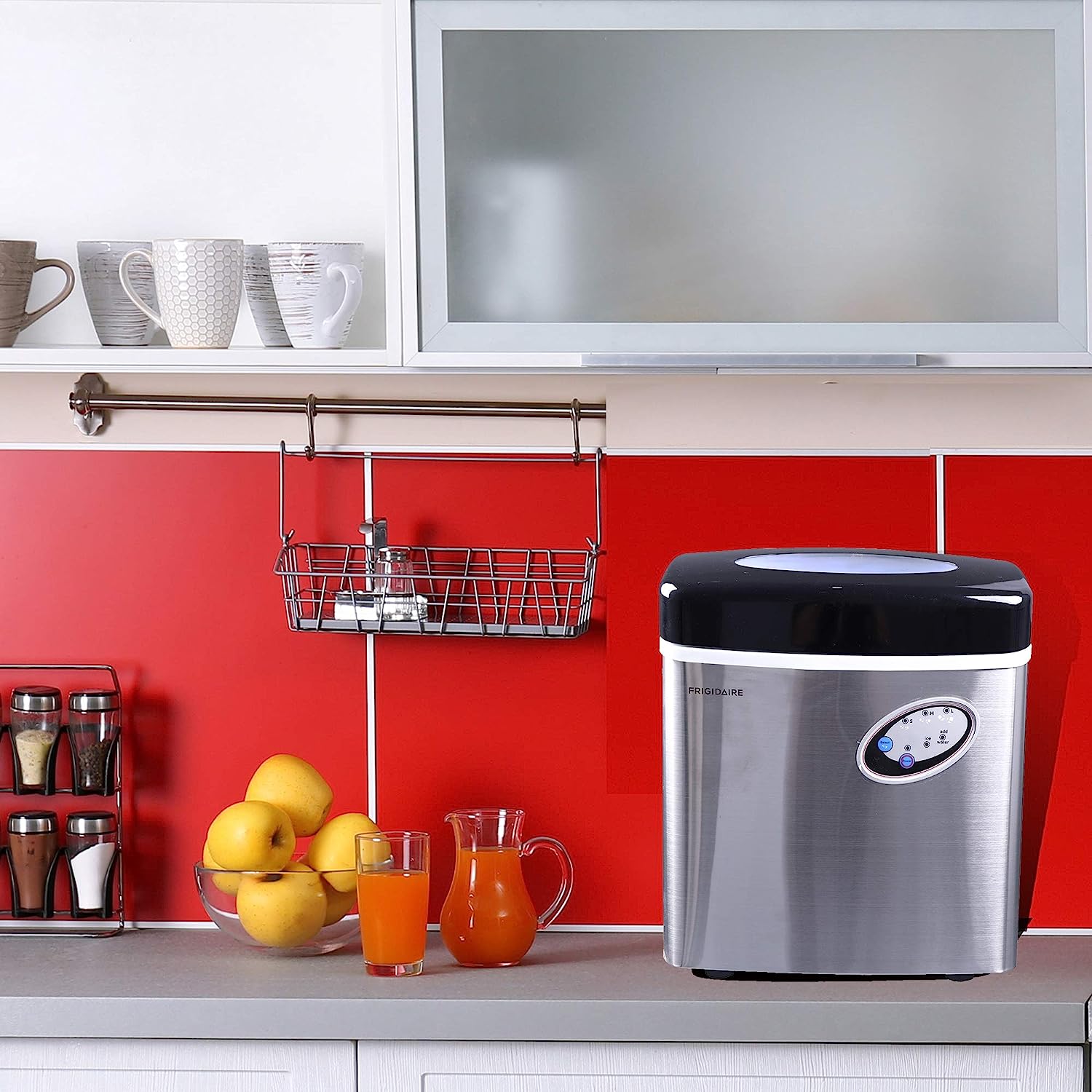
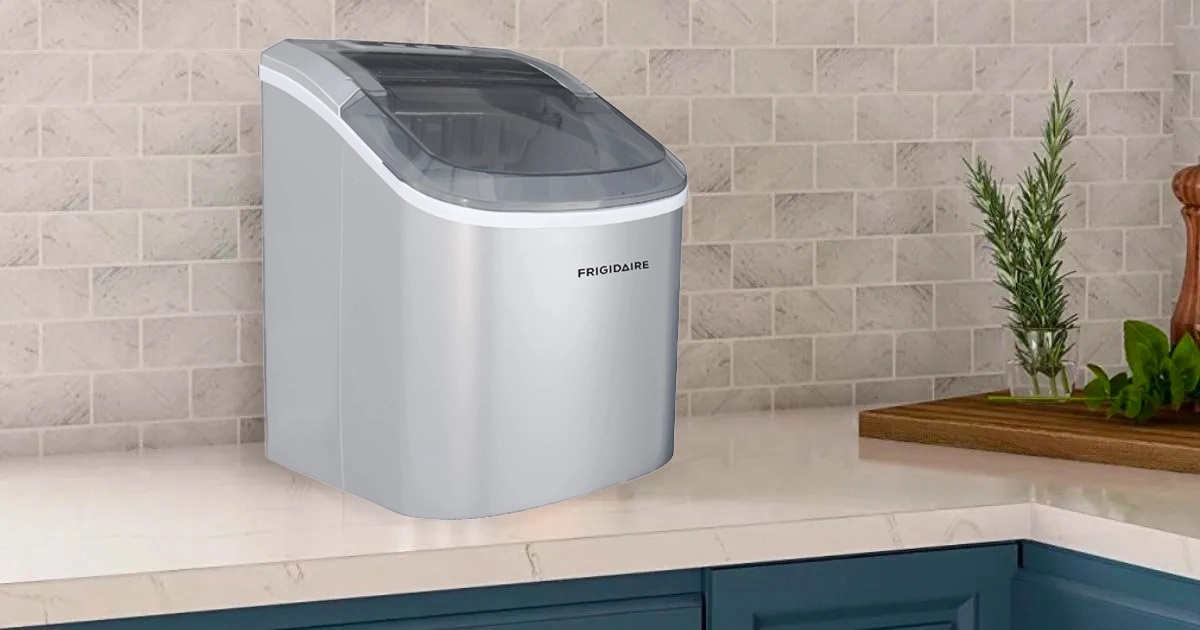
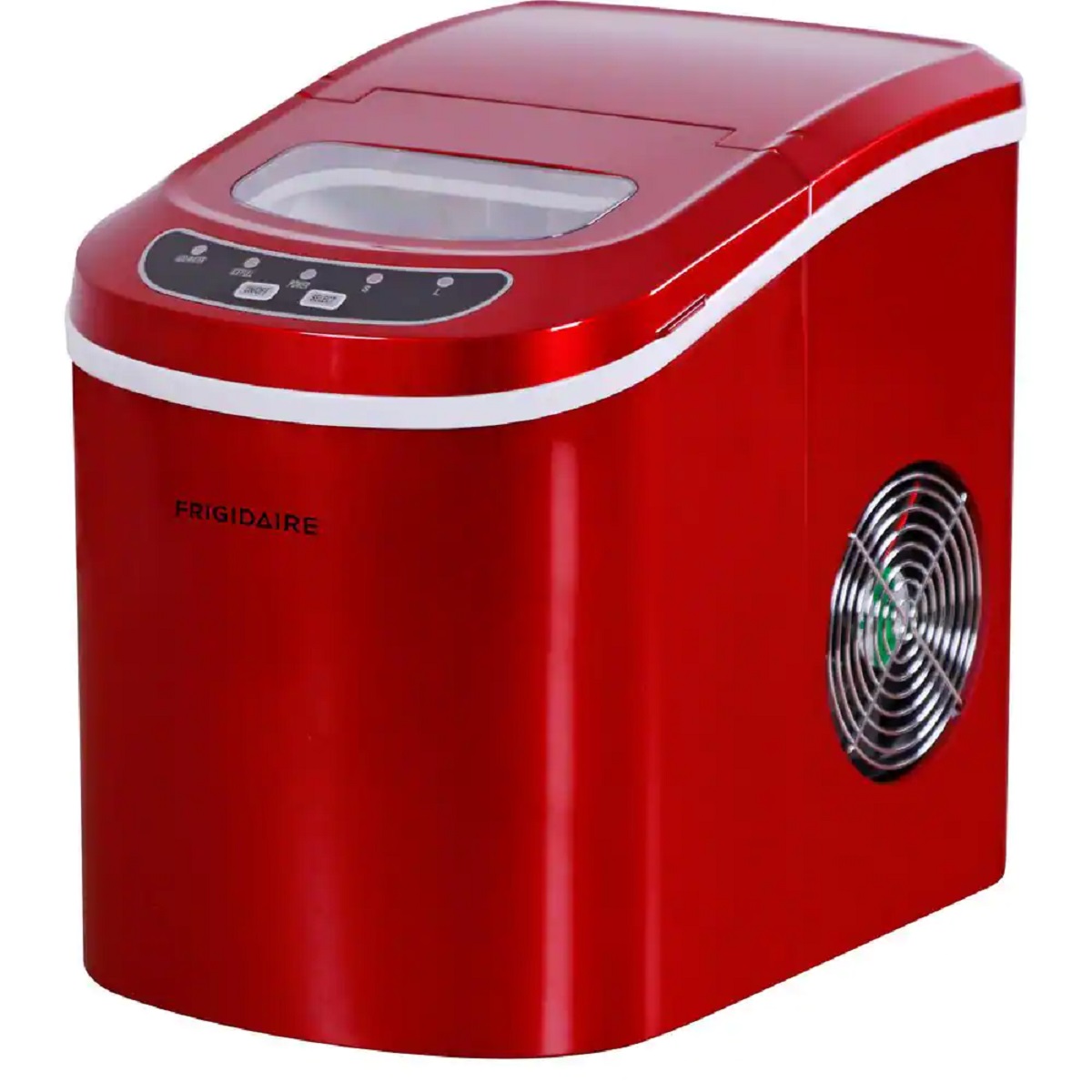
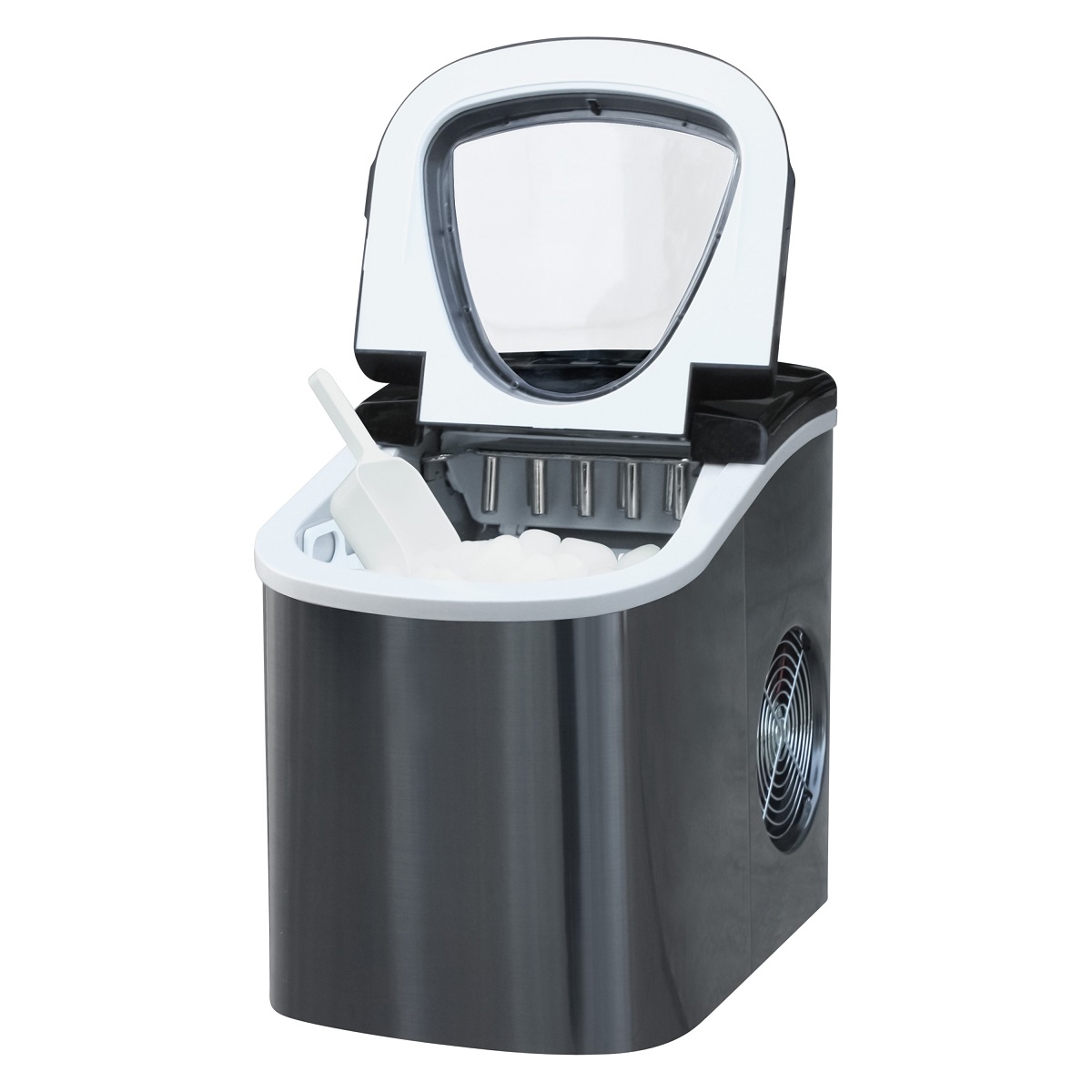

0 thoughts on “How To Fix An Ice Maker On A Frigidaire Refrigerator”